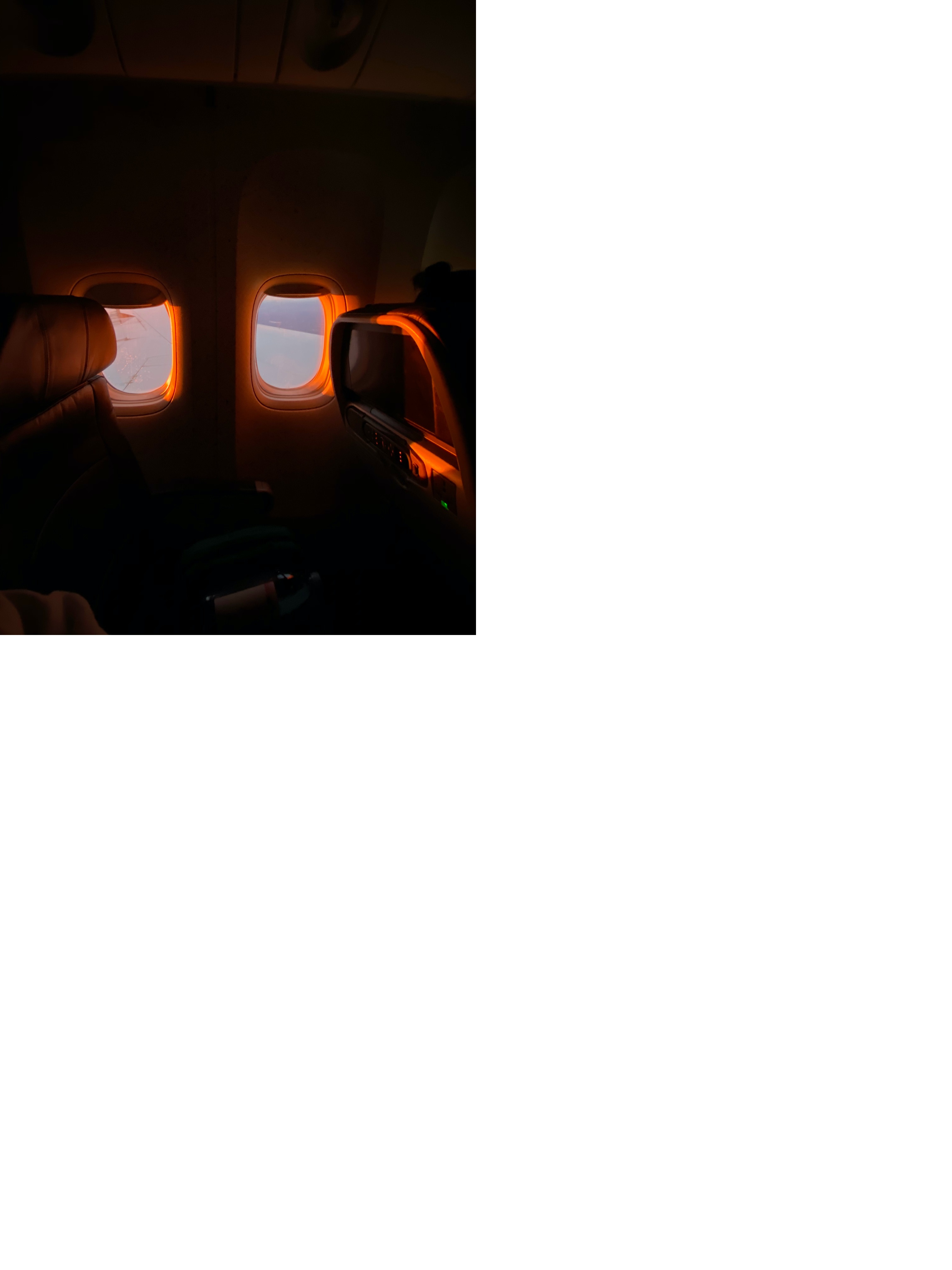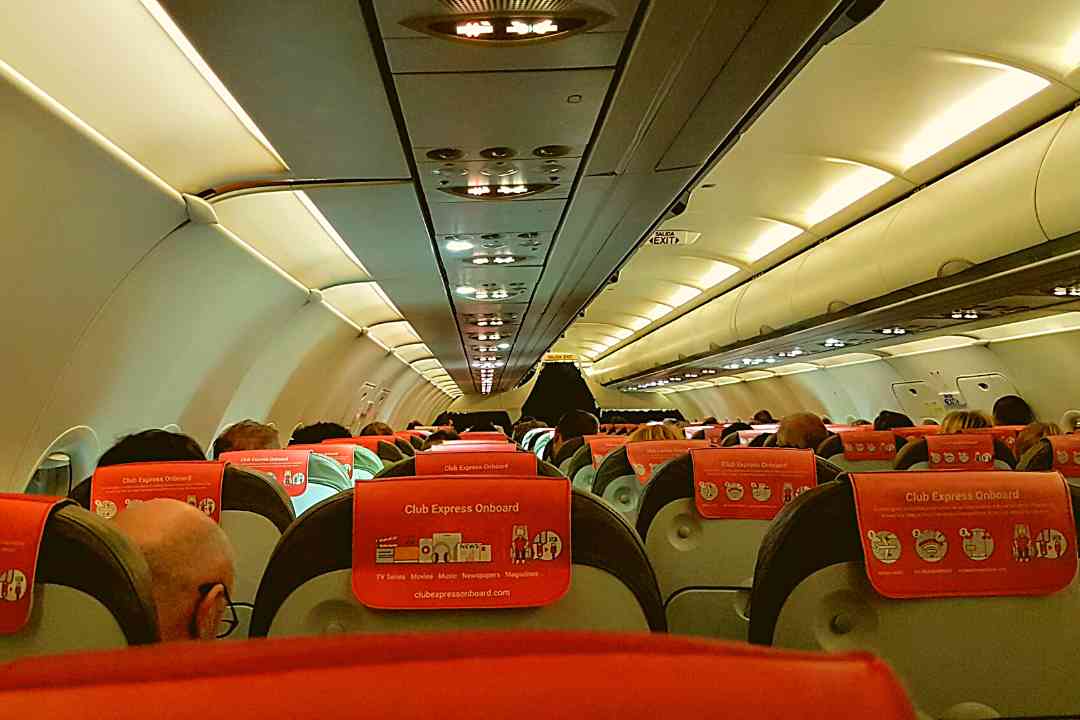Travelling in an aeroplane is still largely an immersive experience for a lot of us. We do wonder about a lot of things in life - sometimes even about the aeroplane itself. We are sure you have looked at your seat in the past and wondered how the height, width, and legroom of the seats are determined and how are they so different in each aircraft. Is there math to it? Isn't there a regulation to it?
Let's answer your questions here.
First things first - the space between rows is commonly known as a pitch in airplane language.
Airline seats are built to be lightweight, but at the same time strong and flame resistant, while also taking into account passenger comfort. Passengers travel on short and long journeys in planes and that makes it more important that seats should be comfortable and accurately fitted. In almost all cases, seats upgrade with the class of travel (Economy, Premium Economy, Business, First, etc.) For many carriers, the pitch in economy class is 29 to 32 inches (74 to 81 cm). Legroom depends upon seat pitch and the thickness of the seat back. Airlines have claimed that a reduction in seat pitch can be compensated for by a thinner seat-back design.



In 2018, the U.S. Federal Aviation Administration chose to not regulate the size and spacing of airline seats. FlyersRights.org had filed a petition in the U.S. District Court of Appeals, requesting that the FAA create guidelines for seat size and pitch. FlyersRights.org had two main concerns – comfort and safety. The FAA responded that the seat pitch and size didn’t hamper evacuations. However, now, the FAA is starting a regulatory review process that could lead to the setting of size standards for commercial aeroplane seats. They aim to have a document in place asking passengers to comment on the safety impacts of existing seat widths, seat lengths and the space between rows. Current regulations only have the evacuation requirements in place- dictating a top limit of 90 seconds to evacuate the aircraft. They don't dictate minimums for those dimensions of the seat pitch.
In India, too, rules laid down by the DGCA (Directorate General of Civil Aviation) state that all materials, including the aircraft seat, need to conform to approved design specifications, and airlines cannot sell seats to customers that do not meet specifications. The statement by the authorities also added that the installation of any part that fails to meet the intended design requirements degrades the requirements of airworthiness.

Airlines’ seat pitch, the range between a row of seats, has become smaller and smaller. Seat pitch in economy class ranges from 29 inches to 33 inches for main airlines. Air Asia has the shortest seat pitch in economy, at 29 inches. Forty years ago, the seat pitch was 31 to 35 inches. The seat width was approximately 18.5 inches. Today it’s 17 to 17.5 inches. After public and staff outcry, American Airlines reconsidered its plan to lessen seat pitch in the Boeing 737 Max by two inches. They wanted to take the seat pitch from 31 inches to 29 inches. This change in seat pitch would have made American Airlines’ seat pitch only one inch more than budget carriers Spirit Airlines and Frontier Airlines. It would have been the first.
Some business class cabins feature seats that recline to a sloped flat position. These “lie flat at an angle” chairs allow for tremendous relief from traditional recliner seats but are less comfortable than fully horizontal flat bed seating. Most international first-class and a growing number of international business-class cabins feature seats that recline to a full-horizontal flat position, forming a bed.
There has been a decided trend to increase economic seating density in the twenty-first century. In 1985 none of the main four US flights offered a seat less than 19 inches wide. From the beginning of the twenty-first century until 2018 average seat width reduced from 18.5 to 17 inches, and sometimes as low as 16.1 inches. There is some opacity about the implication of "seat width". It can be taken as the width enclosed by the armrests on each side, i.e., the width available to sit in, or as the distance from the midpoint of one armrest to the midpoint of the next, a vaster figure by the width of an armrest, and the width usable for the shoulders (it is also one-third of the width of a block of three identical seats). It is thought that most airlines use the first of these figures. In Economy class, this width was generally 43 to 46 centimetres (17 to 18 in) in 2003.
© Vygr Media Private Limited 2022. All Rights Reserved.



















